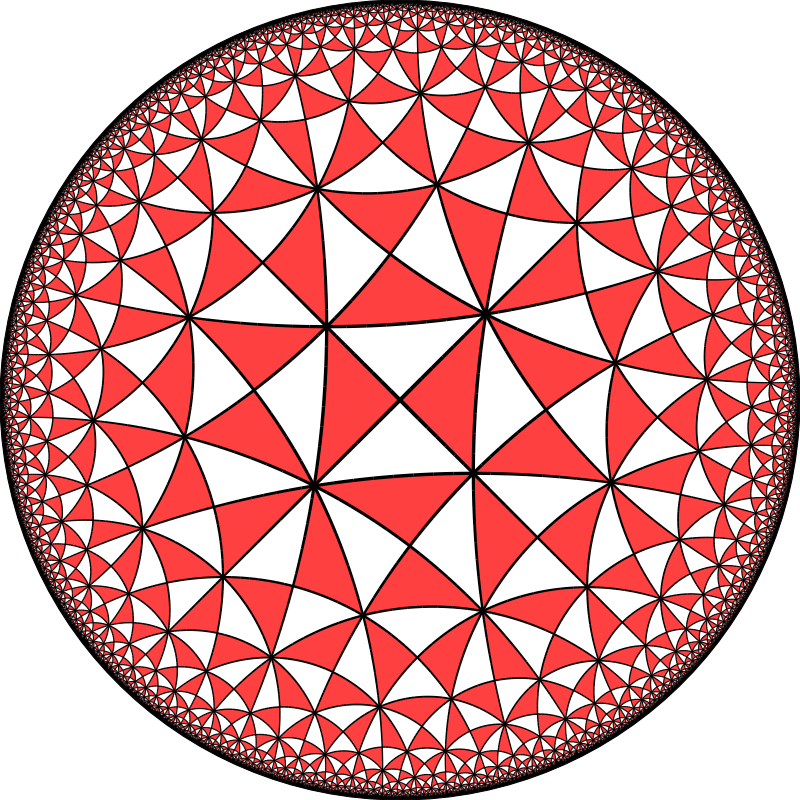 final exam assignment |
LITR 4533
TRAGEDY
Final Exam Samples 2008 Essays & Excerpts for Part B: Special Topics |
 |
Danielle Maldonado
Part B: Tragedy and its Updates
In my first essay, I asserted that it’s necessary for students to understand
that all tragedy is classical Greek works that involve Gods and Goddesses. The
benefit to reading a course text like
Aeschylus’
The Oresteia,
then the updated version, O’Neill’s The
Homecoming, is that readers are able to see the evolution of the genre over
the course of time. By examining these two texts, we can scrutinize the
evolution of tragedy and what makes modernization natural and necessary.
In
The Oresteia, Agememnon, who has just
returned from fighting a long battle in Troy, and his concubine, Cassandra, are
killed in a conspiracy between his wife, Clytemnestra and her lover,
Aegisthus. Clytemnestra arranges this because some years earlier Agememnon
sacrificed her daughter,
Iphigenia, for the good
of his country. Aegisthus seeks revenge for his infant brothers, who were cooked
and fed to his father by Agememnon’s father. In the second part of the trilogy,
The Libation Bearers, Agememnon and
Clytemnestra’s son,
Orestes, returns to
seek revenge on his mother for killing his father. After meeting his sister,
Electra, he kills both his mother and Aegisthus.
The Furies later seek vengeance on him in
The Eumenides.
In Eugene O’Neill’s
updated version of the story, Mourning Becomes Electra, Ezra Mannon has just
returned from the Civil War. While he’s away, his daughter, Vinnie and his wife,
Christine, have both taken an interest in Captain Adam Brant, who is actually
the estranged son of a Mannon and Marie Brantome, a Canuck nurse who are all
driven from the house to escape the shame of an illegitimate child being
discovered by the public. Christine,
however, has taken a deeper interest in Adam, spending time with him in New
York, while Vinnie’s main interest has always been in her father. With an
Electra complex, Vinnie decides her loyalties are to Ezra and she must protect
him and his failing health. Tensions have risen even higher between Ezra and
Christine since he’s returned and despite his heart problems, Christine
confesses to him that she has had a relationship with Adam Brant. Reeling from
the shock, Ezra asks for his medication, at which point Christine poisons him
with medicine that Adam helped her obtain. Vinnie rushes in for her father’s
final words: “Guilty! Not medicine.”
One of the most obvious updates to The
Oresteia in O’Neill’s version is that the element of the supernatural is
gone. In
Aeschylus’ version,
Cassandra had been given the gift of prophecy but her curse was that no one
would even understand her prophecies. Immediately upon arriving, Cassandra
begins to prophesize a curse on the house. The chorus is reluctant about
believing her but just as they’re trying to decide how to approach the
situation, Agememnon is killed. O’Neill’s version doesn’t contain any
supernatural prophesy, only the Finnie’s intuition that her mother would try to
harm her father. We also see this in Racine’s
Phaedra, which is an update to
Euripides’ Hippolytus.
In
Phaedra, the presence of Aphrodite is
completely removed from the play, replacing her with Aricia, a real woman whom
he loved. The characters in the play are held more accountable for their actions
since they can no longer blame the Gods for their problems, though in
Desire Under the Elms, Peter, Simeon,
Eben and Ephraim all curse God.
The chorus also doesn’t
exist in the same capacity. Instead of the traditional classical Greek chorus,
in Mourning Becomes Electra, the
chorus members are the townspeople milling around the famed Mannon mansion at
the beginning of the play, spreading rumors and talking amongst themselves. This
works well in the updated version because of the speculation about Adam Brant’s
parents and the Mannon scandal. They also don’t become involved in what happens
to Ezra and are merely introduced at the beginning of the play to offer
background information to the reader.
Finally, the idea of spectacle becomes more prevalent in the updated version.
Aristotle said that a perfect tragedy represses or avoids spectacle because it
is “least artistic and connected least with the art of poetry.” In
Agememnon, both he and Cassandra are
murdered off stage. We hear screams and the curtain opens with Clytemnestra and
Aegisthus merely standing over the bodies to show guilt. We don’t see a struggle
nor do we watch the two be killed. In O’Neill’s version, there are multiple uses
of spectacle. Spectacle is used in Vinnie and Christine’s argument when Vinnie
confronts her about Adam and her intentions with Ezra. That sort of argument
wouldn’t typically be seen on the Greek stage. We also see spectacle within the
argument between Christine and Ezra, which ultimately leads to his death. As
Ezra begins to feel ill during their argument and asks for his medicine,
Christine poisons him, giving him another pill but telling him it’s his
medicine. Within this exchange, we see stage drama that would typically not be
seen on the Greek stage because Aristotle and the Greeks saw it as inferior to
true tragedy.
While I agree that it’s necessary for students to read and learn to appreciate
the classics, I believe that offering them an updates version of the play allows
them to see the evolution of the genre, but also how central themes carry on
throughout time.
|
|
|
|
|
|
